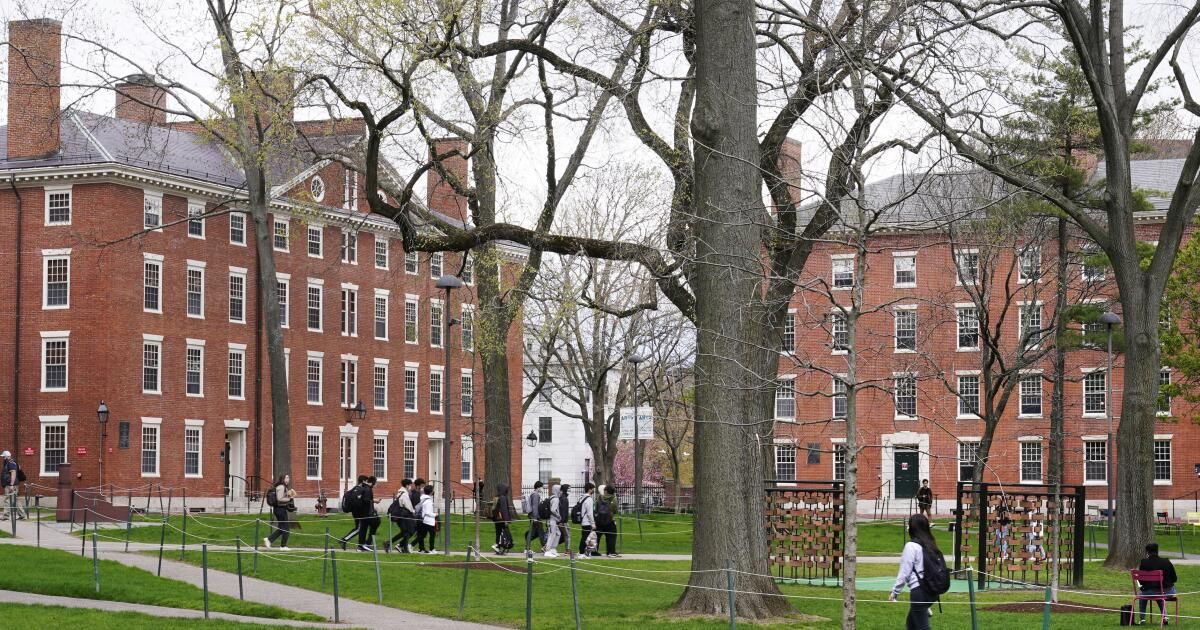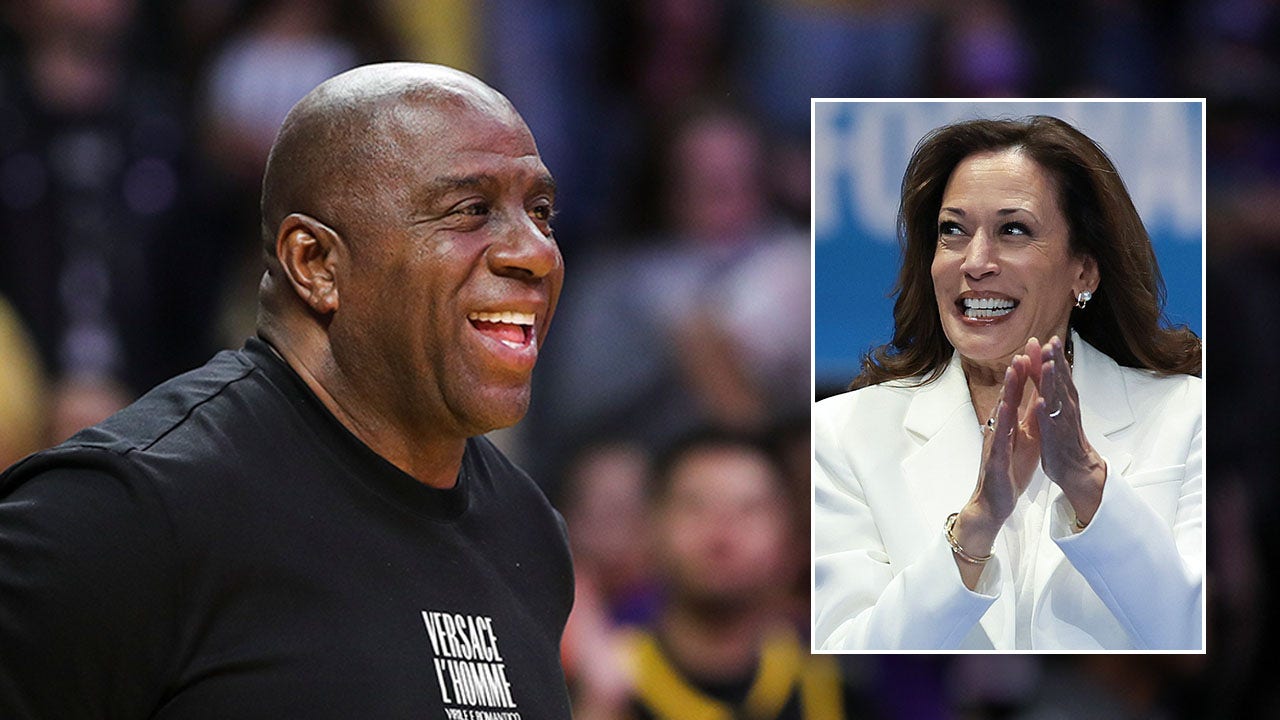This may seem incredibly old-fashioned, but I still like the idea that education is about learning: facts, skills, concepts, research, culture, analysis, inspiration. It is supposed to enrich our lives and make us better citizens and independent thinkers.
But over the last decade and a half, the goal of learning has given way to substitutes for learning: qualifications and degrees. The unfortunate result has been inflation of both. They rise higher and higher; learning does not.
I've written before about degree inflation: employers requiring a bachelor's degree or higher for jobs that don't really need it. Fortunately, hiring managers have begun to learn that and degree requirements have been decreasing in many fields.
But grade inflation continues. A 2022 Times analysis showed that grades in the Los Angeles Unified School District had risen while scores on standardized tests were falling, and that the two were nowhere near each other.
Don't bother with Los Angeles schools or students: grade inflation is pervasive and more common in wealthy areas. To avoid discouraging students, some school districts eliminated D and F grades. Grade point averages have steadily increased even though scores on nationally standardized tests, such as the SAT and the National Assessment of Educational Progress, have not they have done it.
It's not that I believe standardized testing is the final word in measuring excellence. They have their own weaknesses. But when the differences between grades and test scores are so vast and consistent, parents and the public should not be fooled.
This is true not only for low-achieving students. A report from the National Center for Education Statistics found that although high school students took more credits and more difficult courses and earned higher grades in mathematics, their actual mastery of the material had declined. In a 2023 survey, educators said about half of students advocate for higher grades than they get, and 8 in 10 teachers relent. It's hard to blame them: a third or more of students and parents harass them when they don't. .
Missed grades are harmful in many ways. On the one hand, they distort the college admissions process. While colleges used to consider high school grade point averages the best predictor of success in higher education, their predictive value has declined. Although many schools stopped considering the SAT and ACT as part of admissions, selective schools are bringing them back. They need measures they can trust to be objective.
Some students, armed with good grades, go off to college and find themselves in remedial classes because they have not learned enough to take college-level courses. Employers have complained for years that high school and even college graduates lack the basic skills needed in the job market. University professors complain that the students who come to them don't even know how to read books.
As reformers and the U.S. Department of Education pressure colleges to improve graduation rates, it should be no surprise that grade inflation has followed students into postsecondary school. Some teachers hesitate to grade accurately because of student evaluations, which are often more negative for difficult graders. Remember that about 70% of college professors are adjunct professors who have few job protections.
Many Ivy League students have learned to select teachers with easy qualifications. However, a Brown University study found that students who took courses from professors with more rigorous grading standards learned more.
We have to ask ourselves as a society: do we want university to be a place of intellectual growth or a performative exercise in pursuit of qualifications?
College grade inflation has one possible benefit: Lower standards are associated with more students graduating. But I am less interested in the certificate they have than in what they have learned. The same goes for employers: One in six say they hesitate to hire recent college graduates because they tend to be unprepared and poor at communicating.
No wonder 65% of Americans think they are smarter than average. Parents are fooled into believing that their straight-A students are academic stars and are stunned when they are rejected by selective colleges. They don't realize that today A is Average.












